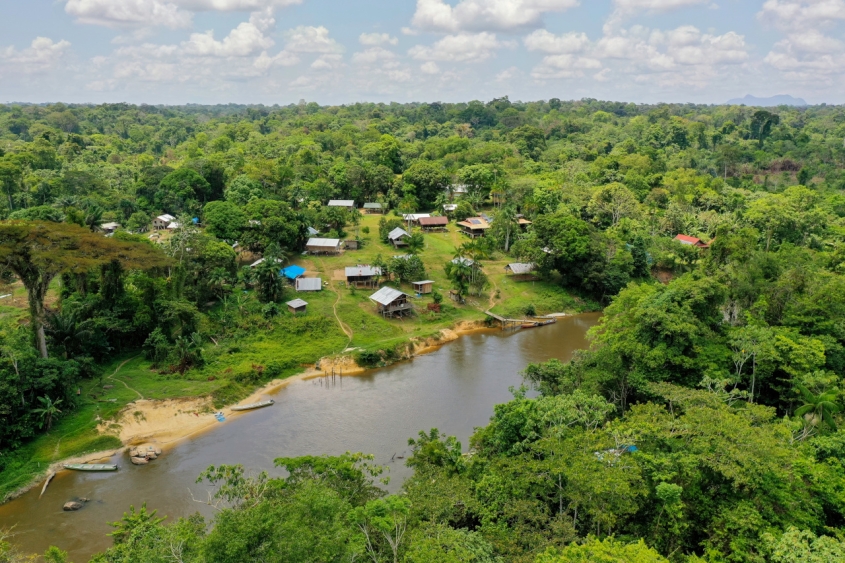New genetic signature reveals a tropical virus on the move
For the first time, scientists have tracked the dispersion of the Oropouche virus in the Brazilian Amazon region, an important first step to control future outbreaks of a disease that has caused over 100,000 cases since the 1960s. Detailed in a paper published in Nature Medicine, the researchers followed a new genetic variant of the virus, and showed that it spread through the movement of both the insect vectors and humans.
“Until recently, the virus was mostly contained around the Amazon River. In the past season 2023-24, we started to see the pathogen spread in other areas in Brazil,” said Dr. Ana Bento, assistant professor in the Department of Public and Ecosystem Health, and co-author on the paper. “In 2023-24, we also started to see a higher magnitude of cases, from a few hundred to a few thousand.”
Oropouche virus is primarily transmitted by midges, and potentially mosquitoes, which infect vertebrates such as sloths, monkeys, rodents, and birds. Humans are not a necessary part of the virus’ lifecycle, but occasional spillovers from wildlife to humans can trigger outbreaks. With over 6000 cases recorded in the 2023-2024 season alone, the current epidemic is the largest recorded in the 21st century.
People infected with the virus present fever, severe headache, muscle and joint pain, with four percent of patients developing severe neurologic symptoms – similar to dengue, Zika, and chikungunya. Because of this similarity, Oropouche infections are often misdiagnosed, and according to Bento, the number of Oropouche cases has probably been historically underestimated.
Bento explains that patients are typically first tested for dengue. “When they were negative, they were tested for other viruses, and we found that lot of them were Oropouche cases.”
With increased number of Oropouche cases and wider geographical spread, the researchers suspected something was different with the virus this season. Among the 6000 confirmed positive cases, the researchers sequenced the genetic material of 382 viruses. They found these cases carried a variant of the virus that had never been seen before.
In this study, scientists have not established if the new genetic rearrangement of the virus’ genetic material is associated with its ability to disperse or infect its hosts. However, its unique genetic signature allowed the study’s authors to track the spread of the new variant.
However, they discovered that the virus had two types of dispersion patterns: a short-distance one, consistent with the flight range of the midges, and a longer-distance dispersion, attributed to humans’ movement. Infected people travel and get bitten by midges and mosquitoes at their next destination, thus passing the infection to new insect, and eventually human populations in these new regions.
Since early 2024, dozens of cases of local transmission of the Oropouche virus were recorded in Brazil outside the Amazonian states, highlighting the risk of a wider viral dissemination.
“It’s a worrying trend that these diseases are more spread out,” said Bento. She is also concerned that, in the context of climate change and warmer environments, “these vectors and pathogens will have new environments to survive and invade, like the Southern states in the U.S.”
As of 2024, a few dozen cases of the Oropouche virus have been recorded outside Brazil, including cases brought by travelers to Europe and the United States.
“The point of this study was to document the genetic change and the speed of the spread,” said Bento. “This is the first of many studies to come.”
For epidemiology studies, she explains, mathematical models will need to incorporate all three factors – virus, vector and host – to fully understand the virus’ dispersion. “This is how we will get a more targeted vector control strategy and start searching for cases earlier.”
“We also need more Oropouche-specific campaigns,” she said. “We need to understand to true burden of the disease.”
Written by Elodie Smith
A version of this story appears in the Cornell Chronicle.





